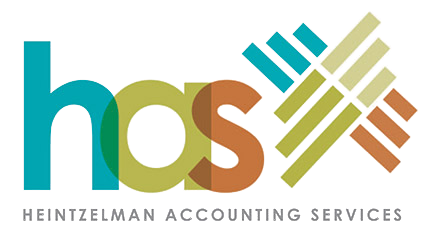April 18 is both the day individual income tax returns for 2016 are due and the due date for the first estimated tax payment for 2017. So, even as you finalize, file, and pay your 2016 federal income taxes, you might need to be thinking about how much you’ll owe for 2017. If you’re required to make estimated payments, missing the deadline could lead to penalties – even if your return shows a refund.
So what are estimated payments? Like the withholding deducted from your wages, estimated payments are prepayments of the tax you expect to owe for the current year. The difference is that you have to calculate the amount due and make the payment yourself, typically four times a year.
How do you know if you’re required to make estimated payments? Generally, you need to prepay at least 90% of the total tax you owe each year. You can do this by having tax withheld on income such as wages, pensions, or IRA distributions. But if you operate your own business, or receive alimony, investment, or other income that’s not subject to withholding, you may need to pay your tax through estimated payments.
There are exceptions to the general 90% rule. For instance, say you anticipate the balance due on your 2016 federal individual income tax return will be less than $1,000 after subtracting withholding and credits. In this case, you can skip the estimated payments and remit the final balance with your return next April.
Other exceptions may also apply, and state laws can differ from federal requirements. In addition, farmers and fishermen are subject to special rules.
If your 2017 income will be substantially higher than it was last year, give us a call. We’ll be happy to review the estimated tax rules with you and help you avoid underpayment penalties.


Recent Comments